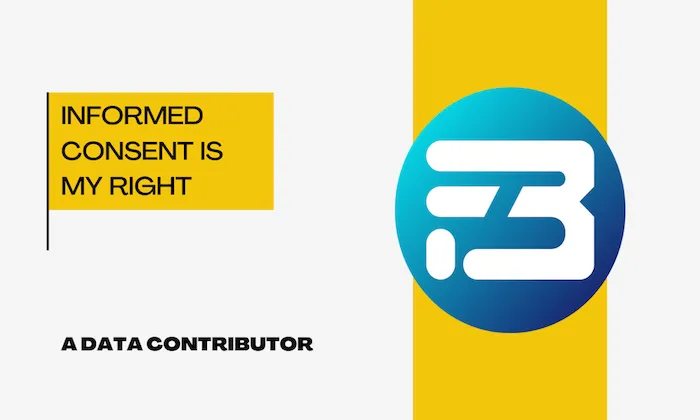What is an in-car speech dataset and how is it used in AI projects?
Speech Recognition
AI Projects
In-Car Systems
In-car speech datasets are crucial for developing AI systems in the automotive sector. These datasets capture voice recordings from within a vehicle’s unique acoustic environment, enabling the development of advanced speech recognition systems, emotion detection, and conversational interactions.
Why In-Car Speech Datasets Are Essential
Complex Acoustic Environment
Vehicles present distinct acoustic challenges compared to typical environments like homes or studios:
- Background Noise: Engine sounds, road textures, and passenger interactions can impact speech clarity.
- Microphone Placement: Microphones placed in different locations (dashboard, headrest) affect recording quality, including echo and distortion.
- Real-World Relevance: These datasets capture diverse speech patterns, accents, and emotional tones from real driving scenarios.
Enhanced User Experience
By training AI models with in-car speech datasets, automotive companies can develop systems that:
- Accurately respond to voice commands.
- Improve user satisfaction and safety in vehicles.
Real-World Relevance
These datasets make AI systems more robust and adaptable by incorporating natural speech patterns and emotional tones found in real driving conditions.
How In-Car Speech Datasets Are Collected
Data Collection Methodology
In-car speech data is captured in real-world driving conditions and stationary vehicles across various environments:
- Diverse Speaker Profiles: Data is collected from drivers and passengers of varying age, gender, and language.
- Microphone Variability: Different microphone placements ensure comprehensive understanding of speech in varying acoustic conditions.
Types of Speech Captured
In-car speech datasets include multiple speech types to ensure comprehensive coverage, such as:
- Wake word utterances.
- Single-shot voice commands.
- Multi-turn dialogues.
- Emotional or urgent commands.
Overcoming Challenges in In-Car Speech Datasets
Acoustic Conditions and Diversity
In-car datasets must reflect the many variables present in real-world driving conditions, such as:
- Environmental Factors: Noise from open or closed windows, varying engine types, and background music levels.
- Speaker Dynamics: Interactions between drivers and passengers, including children, add complexity to the data, making it more representative of real-world usage.
Annotation and Metadata
Effective annotation strategies include:
- Intent Tags: These capture the nature of speech, such as commands or emotional utterances.
- Noise Labels: Identifying environmental sounds (e.g., rain, engine noise) helps improve speech recognition accuracy.
- Speaker Metadata: Including demographic details and microphone placement for enhanced analysis.
Real-World Applications: Driving AI Innovation
In-car speech datasets play a crucial role in enabling key automotive applications, such as:
- Voice-Enabled Infotainment Systems: Facilitating natural language processing for improved user interactions.
- Hands-Free Navigation: Enabling drivers to control navigation without taking their hands off the wheel.
- Emotion Detection: Recognizing and responding to driver emotions, enhancing safety, engagement, and personalization.
For instance, a luxury electric vehicle manufacturer utilized 500 hours of in-car speech data to develop a multilingual voice assistant, leading to a significant improvement in its responsiveness to driver commands.
Future Trends and Strategic Considerations
Emerging Trends
The field of in-car speech datasets is evolving with the following trends:
- Multi-Agent AI Systems: Combining voice recognition with other AI capabilities to offer a more responsive driving experience.
- Federated Learning: Continuously improving AI models using real-time data feedback while maintaining user privacy.
- Multi-Modal Fusion: Integrating speech data with visual and telemetry inputs for richer interactions.
Data Privacy and Compliance
FutureBeeAI ensures that data collection complies with global privacy regulations like GDPR. User consent is obtained, and all data is anonymized to protect privacy, fostering trust in AI-driven automotive solutions.
Benchmarking and Evaluation Measures
Models trained on in-car speech datasets are evaluated using metrics like Word Error Rate (WER) and Character Error Rate (CER), ensuring high accuracy and robust performance in real-world scenarios.
Conclusion: Enhancing AI Projects with In-Car Speech Datasets
When integrating in-car speech datasets into AI projects, consider the following:
- Diversity: Ensure the datasets cover various speakers, accents, and speech patterns to avoid bias.
- Quality: High-quality, well-annotated data produces better AI models than large volumes of low-quality data.
- Continuous Evaluation: Regularly assess the model’s performance against real-world scenarios to ensure accuracy.
Investing in high-quality in-car speech datasets enhances AI model performance and builds user trust. By focusing on real-world relevance in data collection, FutureBeeAI helps organizations deploy advanced voice interaction technologies that lead the way in automotive AI innovation.
Ready to enhance your AI projects with tailored in-car speech datasets? Explore FutureBeeAI’s offerings to get started today.
What Else Do People Ask?
Related AI Articles
Browse Matching Datasets
Acquiring high-quality AI datasets has never been easier!!!
Get in touch with our AI data expert now!








